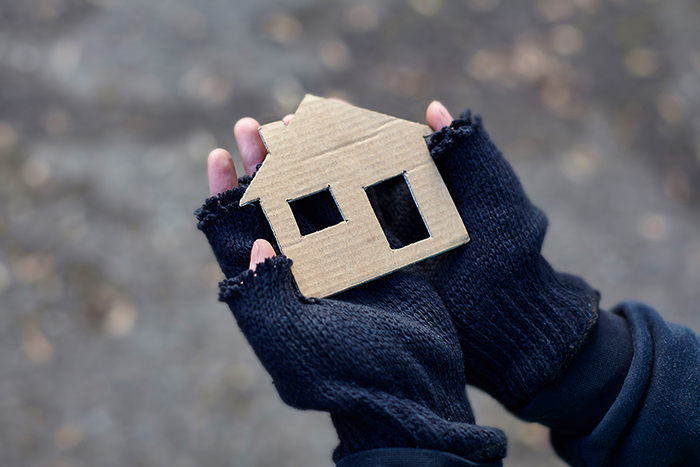Sir: One of several problems that dealt with the lack of Indigenous voice was the totem pole being carved without Indigenous acknowledgement. A group of four individuals who attended Techmesh Secondary School, part of the Kent County Board Of Education, made a carving of a totem pole to show acknowledgment for their school pride. They did not, however, think that the board would take down the carving in 2018.
How come the school board was not skeptical at a time when the totem pole was first built? The Kent County Board of Education did not include any forms of Indigenous teachers, Indigenous education, or Indigenous practises in Tecumseh Secondary School, even though there are two indigenous communities, Moraviantown and Walpole Island, which are merely 20 minutes away from the city of Chatham.
Andrew Ramsz, one of the people who carved the totem pole between 1970 and 1972, remembers the principal and vice principal being very supportive, and did not receive any objections. He believed people from the administration board were in support of having the totem pole carved and installed at the school.
The Lambton Kent School Board sides with the Indigenous community to come to its conclusion of taking down the totem pole at Tecumseh Public School. The board needs to look back and acknowledge their involvement by allowing the totem pole to exist and to also acknowledge why they had a lack of Indigenous involvement.
Why is it that now the LKDSB took down the carving but it did not do in the last 46 years that it existed? And why is it now they board is deciding to change the name of Tecumseh Public School slogan to the Timberwolves? How come these changes are being done now when they could’ve made these changes in the past? These are crucial questions to be asked.
They need to also acknowledge that the lack of Indigenous teachers in their schools is having a negative impact on strengthening their critical thinking with Indigenous students having a lack of representation in the education system. In order to move forward, the school board needs to accept the problems they are facing today and look for alternatives to get students engaged in inclusive learning.
Also, diversity of Indigenous history textbooks is needed, because they disvalued events that involved contribution from not only European immigrants, but also from Indigenous who have lived in this country for centuries, so that the students can examine more than one narrative.
Having Indigenous teachers who can teach their own history will give students confidence and provide positive role models to Indigenous youth; they can inspire excellence in the community, and can have a deeper connection with racialized students.
Having a variety of different voices can provide potential for understanding systematic barriers that prevent students from succeeding. Without these Indigenous teachers in the education system, there is a lack of representation, no personal experience of having overcome obstacles, no level of intimacy, and little ethnic knowledge. This can only accelerate cultural appropriation and exploitation, and it certainly forces students to become indoctrinated.
To solve this problem, there needs to be a social justice class at the elementary level that teaches morality and ethics with a combination of history through the lens of Indigenous people and other minorities.
A teacher with a historically marginalized voice and understanding of systematic barriers can give different perspectives from a minority group lens rather than from a colonial lens. This can give marginalized people an opportunity to represent authentic voices into the education system.
Raising the issue of systemic barriers and a lack of equity at a young age can enhance the students’ critical thinking which can be used to create solutions to this lack of diversity and help eradicate disengagement and promote more inclusive learning.
Thador Tekhli
Chatham





